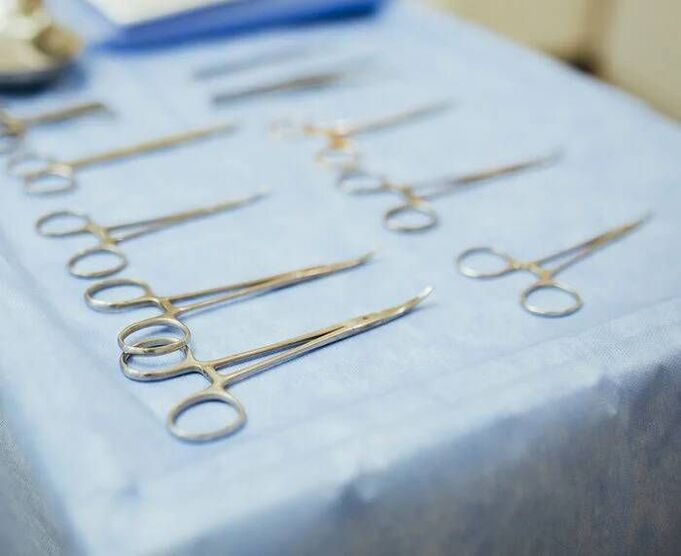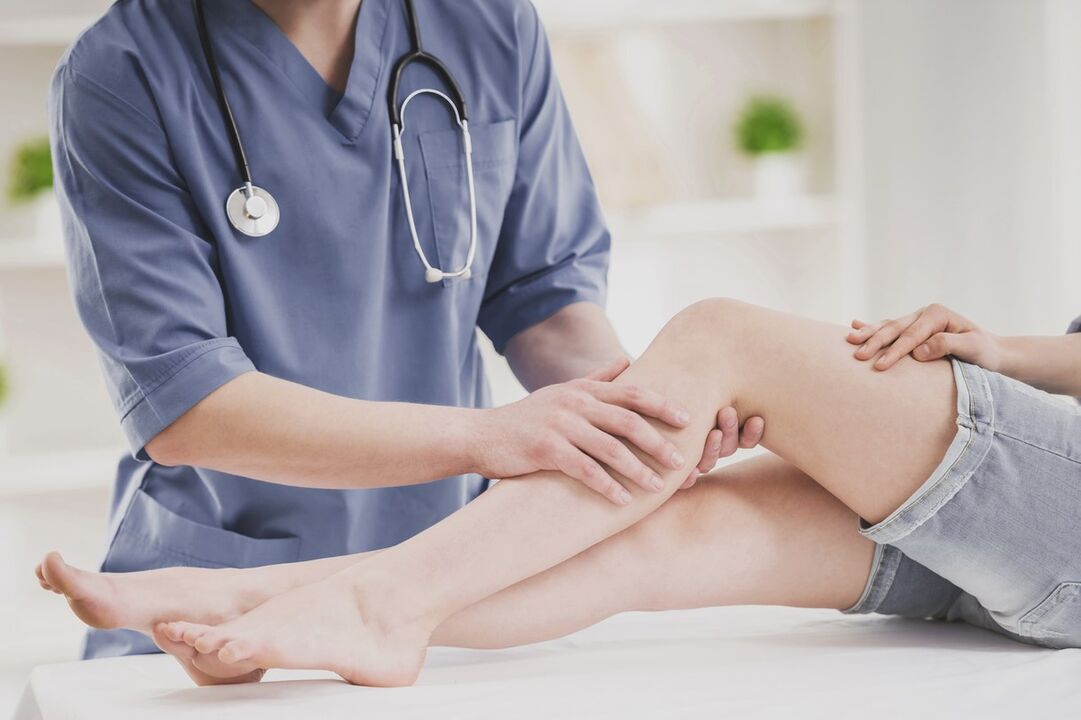Blood vessels are the blood vessels that help return blood to the heart. Increased pressure in the superficial veins can lead to the development of varicose veins.
Varicose veins can develop anywhere on the body, but most lower extremities are affected.
Many factors can increase the risk of developing varicose veins, including:
- heredity
- excess weight
- old age
- pregnancy
- work that requires sitting or standing for long periods of time
Varicose veins can be treated with non-invasive methods, in a short time and without changing your normal rhythm of life. The main goal of treatment is to eliminate the symptoms, prevent complications and achieve good cosmetic results. Varicose veins dilate, can become deformed, and can cause pain. They are usually raised on the skin and convex, and also have a red or blue color.
Varicose veins often occur as a result of an underlying disease known as chronic venous insufficiency. Varicose veins are very common, especially in women.
Prone to varicose veins
Varicose veins can occur in men and women of all ages. It happens more often:
- women who have had multiple pregnancies
- in postmenopausal women
- In men over 50 years
- in people of all ages with varicose veins in the family
- nurses, teachers, drivers, etc. such as men and women who have jobs that require them to sit or stand for long periods of time.
What causes varicose veins?
Varicose veins usually develop in the legs because the veins in the legs have to pump blood to the heart against gravity.
Less common causes of varicose veins are phlebitis (inflammation of the arteries) and congenital anomalies of the arteries. Varicose veins are usually caused by a disease called venous insufficiency.
- Venous valves. The arteries of the legs have valves that prevent blood from flowing back. When the function of these valves is disrupted, blood begins to accumulate in the arteries and is not fully delivered to the heart.
- Dilated veins. The veins dilate and the increased pressure causes the development of varicose veins.
- Weakness of the walls of blood vessels. In addition, weakness in the walls of the arteries (due to past trauma or blood clotting) can also lead to damage to the valves and the formation of varicose veins.
What are the symptoms of varicose veins?
Many cases of varicose veins are asymptomatic, but visual signs of vascular obstruction include:
- Large, curved and convex veins
- Swollen ankles, sore feet
- Feeling of heaviness in the legs, especially at night
- Telangiectasia (spider veins) in the same area as varicose veins.
- Lipodermatosclerosis (hard fat deposits under the skin)
- Change the skin color on the calves and ankles to blue or brown
- Dry, itchy and red skin on the affected area of varicose eczema (congestive dermatitis)
- leg cramps
- restless legs syndrome
How to treat varicose veins?
There are different types of treatment for varicose veins. The best treatment will depend on the structure of your venous system:
- Location and size of the affected vessel
- Presence or absence of symptoms
- Skin-related changes (eg, dermatitis, edema, ulcers, etc. )
Treatment of varicose veins without surgery is a top priority. Potentially effective treatments for varicose veins include:
- Sclerotherapy. Intravenous administration of a special drug that causes adhesions to the walls of the vessel
- Laser ablation The destruction of abnormal blood vessels using radiofrequency, laser or other methods
- Miniflebectomy. Surgical painless treatment of varicose veins



Is it safe to treat varicose veins?
On the Internet, you can often see search queries such as "medicines for the treatment of varicose veins, treatment of varicose veins, treatment of varicose veins at home or treatment of varicose veins with folk remedies. "Such methods do not have an effective evidence base, and self-medication only delays high-quality therapy and aggravates the condition of the arteries.
Laser treatment of varicose veins is safe and convenient. The advent of minimally invasive therapy in the early 2000s led to a very favorable prognosis and minimal risks for most treatments.
It is important to contact a specialized phlebologist to select an individual treatment plan that will focus on a specific course of the disease.
How to identify varicose veins?
- Physical examination. A phlebologist will perform a physical examination and obtain a complete medical history, taking into account your symptoms and the condition of your venous system.
- Ultrasound. The doctor will order an ultrasound to detect venous insufficiency. Vascular ultrasound allows you to fully assess your venous system. The doctor will see if the varicose veins are localized and check for blood clots.


What happens if varicose veins are not treated?
If you do not feel any symptoms, then you can manage the condition of the arteries without treatment. However, in some cases, varicose veins can cause blood clots or the development of venous ulcers (incurable wounds). Sometimes varicose veins can rupture and cause severe bleeding. If you have varicose veins, consultation and examination by a phlebologist is recommended.


















